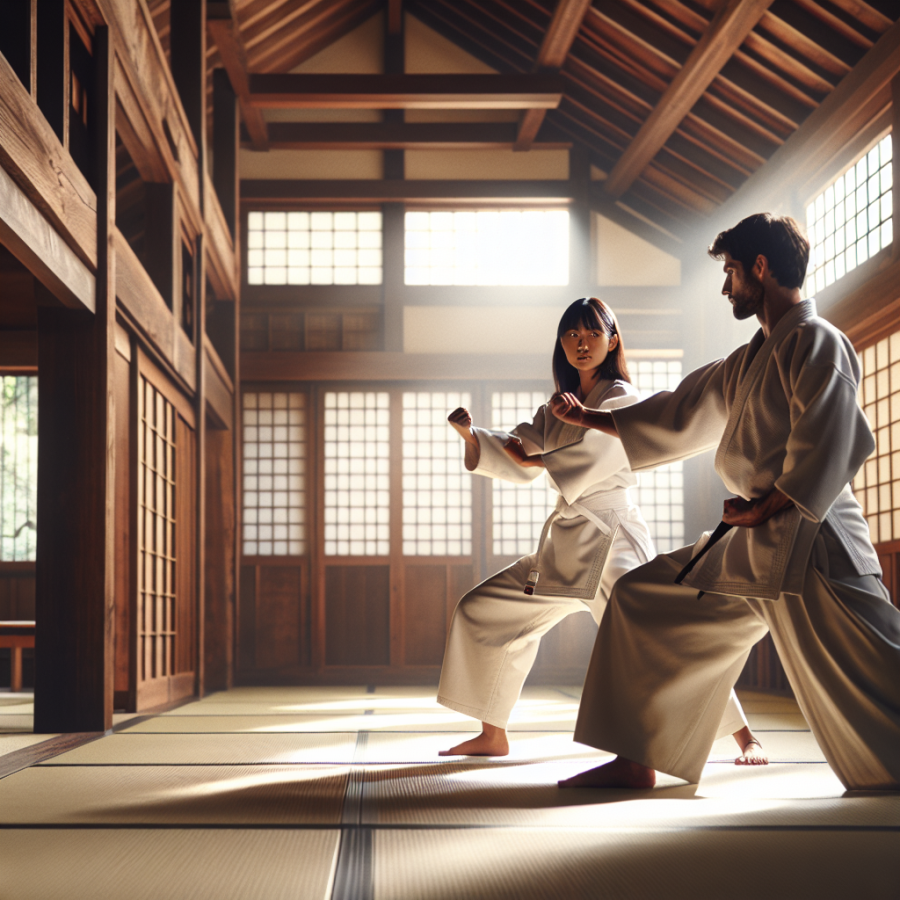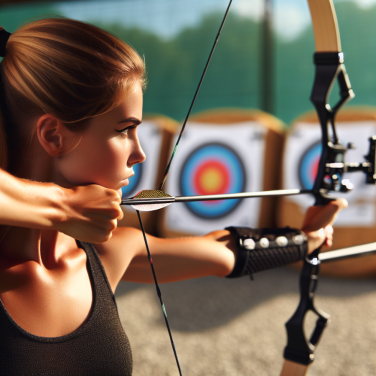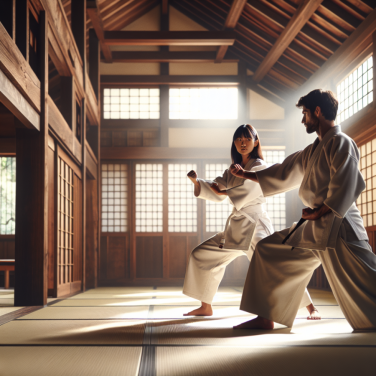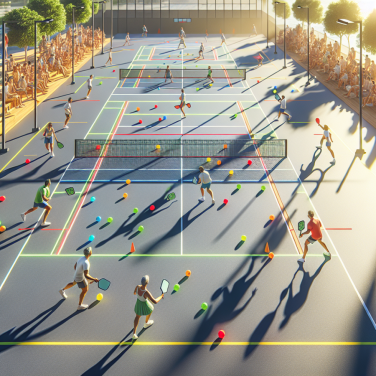The Philosophical Principles Underpinning Aikido's Fluid Movements
Aikido, often translated as "the way of harmony with the spirit," is more than just a martial art—it is a philosophical journey that seeks balance and peaceful resolution of conflict. At the core of Aikido's fluid movements lies a set of philosophical principles that heavily influence both the physical techniques and the broader spiritual and ethical dimensions of the practice.
One of the most foundational concepts in Aikido is that of 'Ki', which is often interpreted as energy or life force. The idea is to blend one's Ki with that of their opponent to avoid a direct collision of force. This alignment of energies enables the Aikido practitioner, or Aikidoka, to lead and redirect the energy of an attack in a way that neutralizes the threat without necessitating harm to the attacker.
Another essential principle underpinning Aikido's movements is that of circular motion. The art emphasizes arcs and spirals, drawing inspiration from natural forces like gravity and the rotation of celestial bodies. Circular movements allow for the conservation of energy and fluid redirection, embodying the essence of Aikido's non-resistance. Rather than meeting force with force, Aikidoka learn to flow with the motion of an adversary, thereby transforming the potential clash into a harmonized interaction.
'Musubi' is yet another profound concept that informs the practice of Aikido—literally translating to "knot" or "tie," it refers to the connection or the unification of energies between the practitioner and the opponent. The goal of Aikido is not to break this connection but to understand and respect it, moving in a way that acknowledges the interdependence of all forces involved. This is why Aikidoka do not initiate attacks but instead use the attacker's motion to create dynamic techniques.
The influence of ‘Ma-ai’, or proper distancing, is also crucial in Aikido. Understanding the spatial relationship between oneself and an opponent is key for executing techniques that are effective yet non-violent. Proper ma-ai allows the Aikidoka to remain safe while also being in the position to effectively apply Aikido's techniques. It's a representation of the practitioner's awareness and presence in the moment, enabling them to move with precision and grace.
The concept of 'Zanshin', or remaining alert, is integral to the Aikido practice as well.
Read also:
Exploring the High-Octane World of T20 Cricket
Mastering the Dynamic Techniques: A Journey Through Aikido's Physical Discipline
Aikido, often translated as "the way of unifying life energy" or "the way of harmonious spirit," is a modern Japanese martial art that encompasses both physical and spiritual elements. The physical discipline of Aikido is not solely about learning how to defend oneself but more about mastering the dynamic techniques that help practitioners to achieve a state of peace and balance.
At the core of Aikido's physical discipline is the principle of blending with an attacker's force instead of meeting it head-on. This involves a series of dynamic techniques that require agility, control, and a deep understanding of body mechanics. These techniques include joint locks, throws, and pins, each a method through which an Aikido practitioner, or ‘aikidoka,’ harmonizes with an opponent's aggressive energy to defuse conflict.
The effective execution of Aikido techniques requires constant practice and an emphasis on fluid movement. Aikidoka learn to move their body as a whole unit, keeping their movements centered and grounded. The goal is not to disrupt this center but to move from it, thus maintaining stability and control.
One of the key aspects of physical discipline in Aikido is the study of ‘ukemi,’ the art of receiving techniques. Ukemi teaches how to fall safely and roll to avoid injury. More than just defensive maneuvers, the proper ukemi allows the aikidoka to understand the technique from the receiver's perspective, potentially opening up new insights into the subtleties and applications of Aikido movements.
Advanced Aikido practice often involves multiple attackers, or 'randori,' which tests an aikidoka's ability to maintain a state of harmony and awareness in a dynamic and chaotic environment. Mastery of randori requires a high level of physical fitness, including stamina, flexibility, and reflexes, but also a calm and present mind. The physical challenge of dealing with simultaneous attacks from different directions helps foster the integration of mental clarity with physical skill.
Another aspect of Aikido's physical discipline is the use of weapons training. While Aikido is predominantly an empty-handed martial art, training with traditional weapons such as the 'jo' (a short staff), the 'bokken' (a wooden sword), and the 'tanto' (a knife) is an integral part of the curriculum. These practices enhance an aikidoka's understanding of distance, timing, and technique, which in turn improves their unarmed capabilities.




